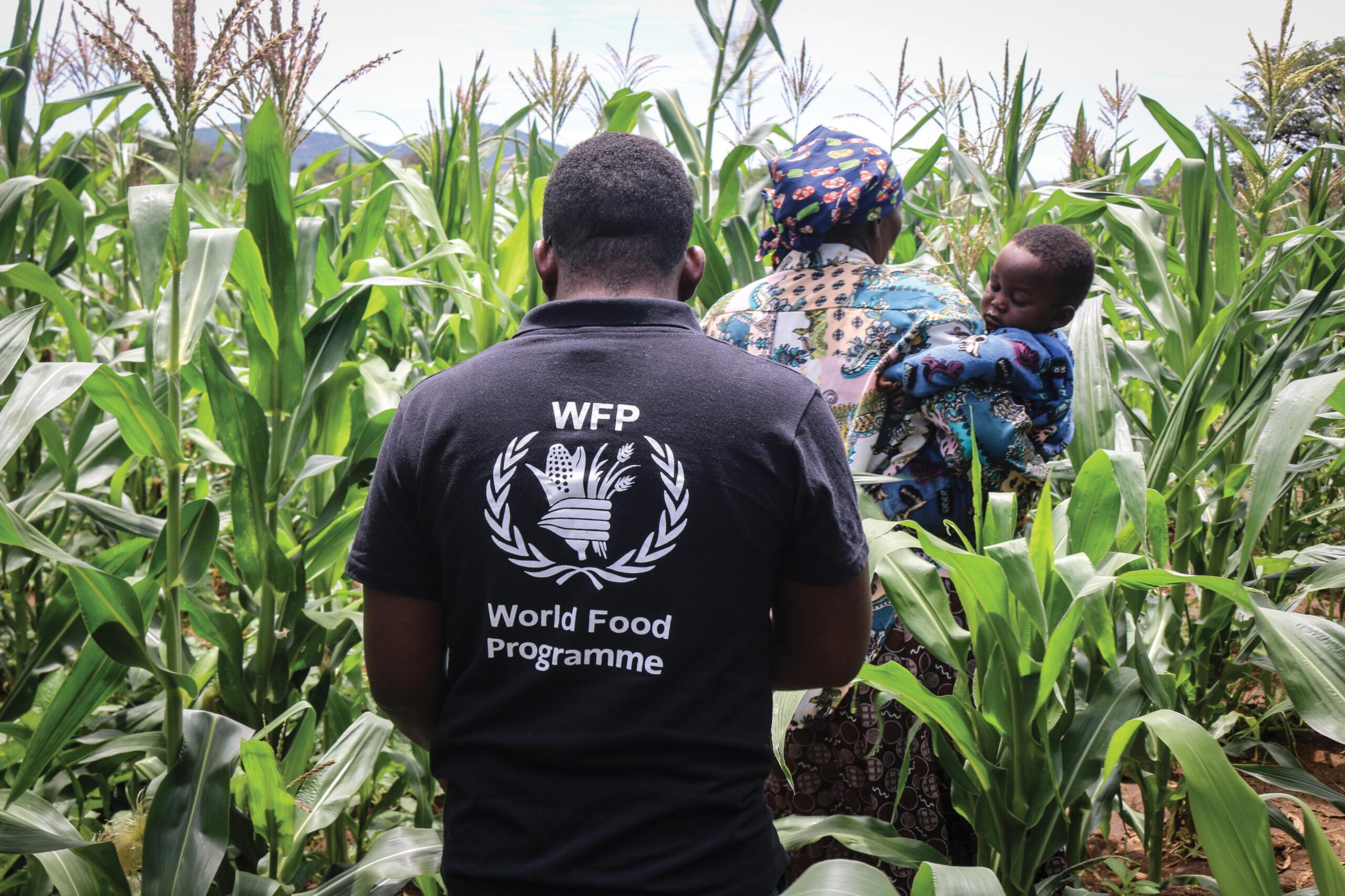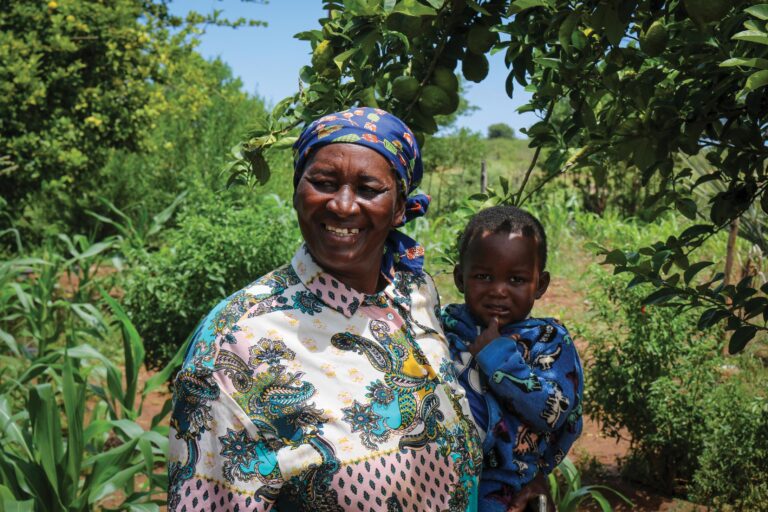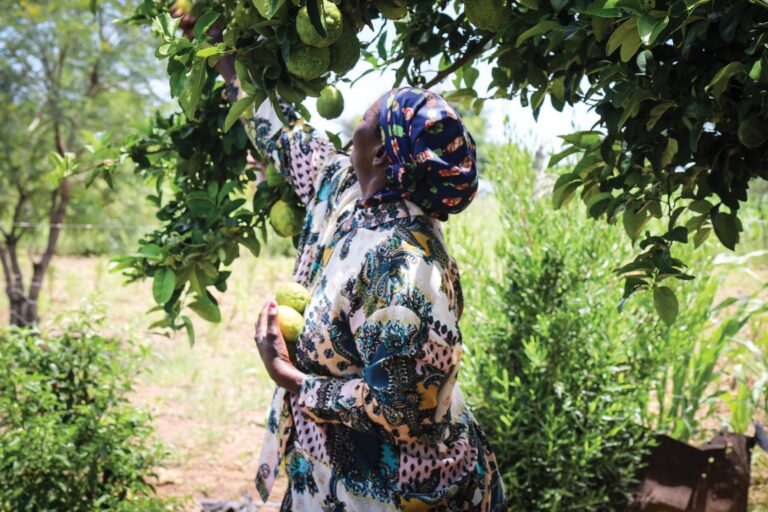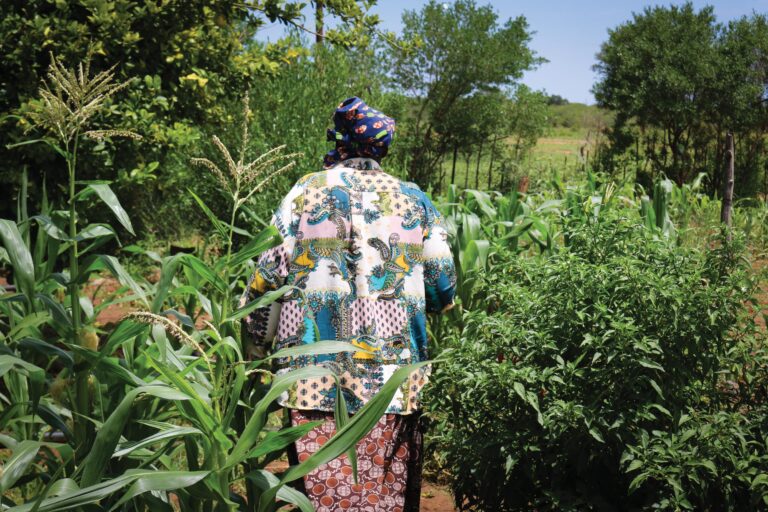Tucked away along a rugged gravel road, some fifty kilometers north of Outjo, lies the quiet and often-overlooked settlement of Farm Queen Sofia. Home to approximately six hundred residents, the farm, like many others scattered across Namibia’s Kunene Region, has withstood the worst of the El Niño- induced drought. Here, survival was not just a daily struggle, but a battle to preserve dignity and hope.
Taimi Iiyambo, 59, has lived on this stretch of land for more than two decades. She has endured droughts over the years but describes the recent drought as the most punishing she has ever faced.
“There’s a borehole on the farm,” she explains, “but the water level dropped quickly so my food garden died.”
The lack of water not only devastated her crops but forced her to make the heart-wrenching decision of selling almost all her goats to buy cattle feed. Goats are often among the first livestock to be sold during a drought as they make the least contribution to farm production.
“I decided to auction most of the goats off before they died of thirst and hunger,” she recalls. “Even though I received a reduced price for them, it helped save my cattle.”
Taimi’s experience is not unique. Across the Kunene and Ohangwena regions, families watched as their livelihoods disappeared and their fields turned to dust. An estimated 1.4 million Namibians, 48% of the population, faced acute food insecurity between July and September 2024, due to the ongoing drought.
Taimi shares her home with her visually impaired son and her five grandchildren. Like many in the region, her family received drought relief support from the Office of the Prime Minister. They also rely on her son’s monthly disability grant, a modest yet crucial income that helps them afford essential household items.
“I did everything in my power to ensure my grandchildren are fed,” says Taimi. “We received mahangu (pearl millet) from my family in the north, maize meal from the government, and the grant helped us buy more food when we ran out.”
“I did everything in my power to ensure my grandchildren are fed.”
In support of the governments national drought relief efforts, the World Food Programme (WFP) launched a Commodity Voucher Programme in November 2024, made possible by a generous contribution of US$ 500,000 (N$9.3 million), from the Government of Japan.
Over a three-month period, the initiative provided timely assistance to 27,000 vulnerable people, contributing to sustainable recovery and resilience. For Taimi and her grandchildren, the vouchers, redeemed at local retails provided food items such as cooking oil, maize meal, canned fish, and instant porridge.
The WFP initiative helped stretch scarce resources, decreasing the number of families resorting to extreme coping mechanisms like selling all livestock, reducing, or skipping meals and selling assets to survive.
Despite ongoing climate related hardship, Taimi remains hopeful. Now that the drought has passed, she has revived her food garden. The seeds have been planted and today, her cabbage, carrots, and chillies are providing nutritious food for her family whilst excess produce is securing an additional income at market.
“I don’t know what tomorrow holds,” she says, gazing over her yard, “but today, my grandchildren are fed. And for that, I am thankful.”
Read more about WFP’s work in Namibia on www.wfp.org










